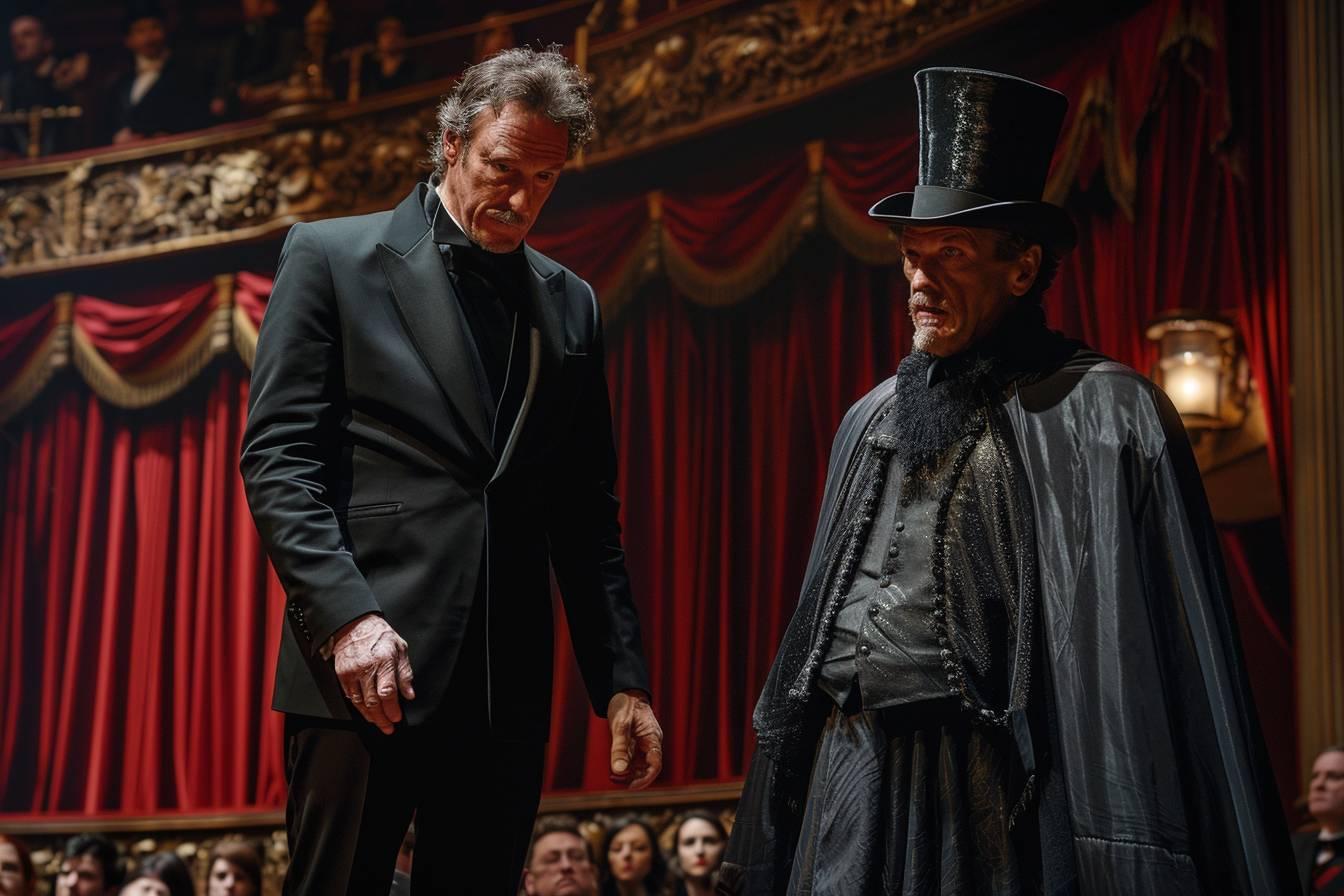Misdirection, the art of diverting the spectator’s attention, is at the heart of magic. This subtle technique enables illusionists to create moments of amazement and wonder. Magicians use misdirection to manipulate the audience’s perception, creating the illusion of impossibility that characterizes their most spectacular tricks.
The psychological foundations of misdirection
Misdirection is based on an in-depth understanding of human psychology. Illusionists exploit the limits of our attention and cognitive biases to make us see what they want us to see. This manipulation of perception is based on several key principles:
Selective attention plays a crucial role in misdirection. Our brains can only process a limited amount of information at a time. Magicians use this limitation to their advantage by directing our attention to specific elements, preventing us from noticing the essential aspects of the trick.
Cognitive load theory, developed by psychologist John Sweller, explains how information overload can affect our ability to perceive certain details. Prestidigitators often create an overabundance of stimuli to overwhelm us and mask their covert actions.
The phenomenon of change blindness is also exploited. This cognitive bias blinds us to gradual or unexpected changes in our environment. Magicians use it to effect subtle transformations without the audience noticing.
- Selective attention
- Cognitive load
- Change blindness
- Retinal persistence
- Suggestion and expectation
Retinal persistence, the optical illusion whereby our brains briefly retain the image of an object after it has disappeared, is sometimes used to create effects of sudden disappearance or appearance. Magicians like Harry Houdini have excelled at exploiting these psychological principles to create memorable illusions.
Visual and auditory misdirection techniques
Visual misdirection is probably the best-known form of this technique. It involves guiding the spectator’s gaze away from the main action. Magicians use a variety of means to achieve this:
Movement is a powerful tool. A sweeping gesture or a moving object naturally attracts attention, enabling the magician to perform discreet manipulations elsewhere. David Copperfield, famous for his grand illusions, masters the art of creating distracting movements on a grand scale.
Another effective technique is the use of visual contrasts. A bright or colorful object in a dull environment will immediately catch the eye. Prestidigitators exploit this principle by using flashy props to distract attention from their more subtle manipulations.
Auditory misdirection, though less obvious, is just as important. Sound can be a powerful tool of distraction, capable of directing the audience’s attention away from the magician’s critical actions. Here are a few commonly used techniques:
- Sudden noises to mask actions
- Music synchronized with movements
- Engaging dialogue to capture attention
- Strategic silences to create tension
Renowned magician duo Penn & Teller are masters in the art of combining visual and auditory misdirection. Their unique approach, combining humor and partial revelations of their secrets, demonstrates the complexity and sophistication of these techniques.
| Technique | Description | Example |
|---|---|---|
| Visual misdirection | Averting the viewer’s gaze | Wide gestures, moving objects |
| Auditory misdirection | Use sound to distract | Sudden noises, captivating dialogues |
| Temporal misdirection | Manipulate perception of time | Slow down or speed up certain actions |

The evolution of misdirection in the modern era
With the advent of new technologies, misdirection has evolved to meet modern challenges. Contemporary magicians integrate digital and technological elements into their performances, creating new forms of misdirection.
LED screens, holographic projections and augmented reality offer new possibilities for creating complex visual illusions. These tools enable illusionists to manipulate the visual environment on an unprecedented scale, blurring the distinction between reality and illusion.
The use of social networks and live streaming has also opened up new avenues for misdirection. Magicians can now deceive a global audience in real time, exploiting the limitations of digital media to create stunning effects. Renowned British mentalist Derren Brown has excelled in adapting traditional misdirection techniques to television and digital formats.
On the other hand, the information age also presents challenges. With easy access to explanations of magic tricks online, magicians must constantly innovate to maintain the mystery. This pressure has led to an increased sophistication of misdirection techniques, making them more subtle and difficult to detect even for a discerning audience.
The ethics of misdirection in the modern context also raise interesting questions. While magic has always relied on a form of consensual deception, the use of advanced technology and psychological manipulation sometimes pushes the boundaries of what is considered acceptable in entertainment.
The subtle art of illusion and its applications beyond magic
Misdirection, although mainly associated with magic, has applications in many fields. The principles of misdirection are used in a variety of contexts, from cinema to psychology, marketing and even security.
In the world of cinema, directors employ techniques similar to misdirection to guide the viewer’s attention. Alfred Hitchcock, the master of suspense, was particularly adept at manipulating audience perception, creating moments of intense tension through meticulous control of what the viewer sees and doesn’t see.
In psychology, understanding the mechanisms of misdirection helps to study attentional and perceptual processes. This knowledge is invaluable for developing cognitive therapies and improving our understanding of brain function.
Marketing and advertising also draw on these techniques to capture consumers’ attention. Product placement strategies in films or subliminal advertising are based on principles similar to those used by magicians.
In the field of security, knowledge of misdirection is crucial to detecting and preventing fraud and scams. Security experts are studying these techniques to better protect the public against malicious manipulation.
Finally, misdirection plays an important role in the performing arts beyond magic. Choreographers, circus artists and street performers use these principles to create moments of surprise and wonder in their shows.
Ultimately, misdirection remains an interesting and complex art form, in constant evolution. Whether used to entertain, educate or protect, this technique demonstrates the power of manipulating attention and perception. It reminds us that our reality is often shaped by what we choose – or are led – to focus on.

